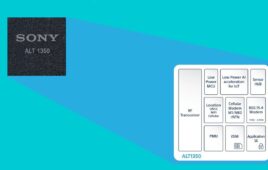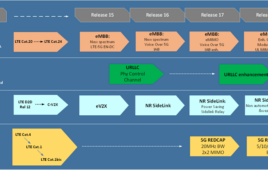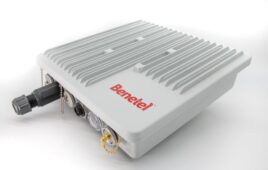While the iPhone 6 Plus only cost Apple about $15 more to make than the iPhone 6, consumers are being charged about $100 more for the larger model.
According to a new report from IHS iSuppli, the bill of materials (BOM) for the iPhone 6 equipped with 16GB of memory amounts to $200.10 with manufacturing costs, while the BOM on the iPhone 6 Plus amounts to $215.60 with manufacturing costs.
With a contract from a wireless operator, the 16GB version of the iPhone 6 is priced at $200, while the Plus model amounts to $300. The unsubsidized pricing for the two phones is $649 and $749, respectively.
“Apple has always been adept at offering higher-end iPhone models with enhanced, desirable features—and then pricing those versions for maximum profitability,” said Andrew Rassweiler, senior director, cost benchmarking services for IHS, in a press release. “In the past, the premium versions of iPhone offered higher memory configurations for additional profit. While Apple continues this memory strategy, the company is also taking a similar approach with the iPhone Plus, structuring its pricing to add bottom-line profit on models that have a very desirable feature: a large phablet-sized display.”
IHS points out that the most obvious difference between the two models is the display, with the iPhone 6 sporting a 4.7-inch screen, and the Plus coming in at 5.5 inches.
For both the iPhone 6 and iPhone 6 Plus models, the screens feature in-touch in-plane switching (IPS) liquid crystal displays (LCD) supplied by two sources: LG Display and Japan Display. IHS contends the displays likely employ Corning’s Gorilla 3 glass, compared to Gorilla 2 in the iPhone 5S and 5C.
Because of its larger size, the display/touch-screen subsystem in the iPhone 6 Plus carries a cost of $52.50, compared to $45.00 for the iPhone 6.
Both displays are also more expensive than for the smaller, 4-inch display/touch subsystem used in the iPhone 5S model, at $41.00, based on pricing from October 2013.




